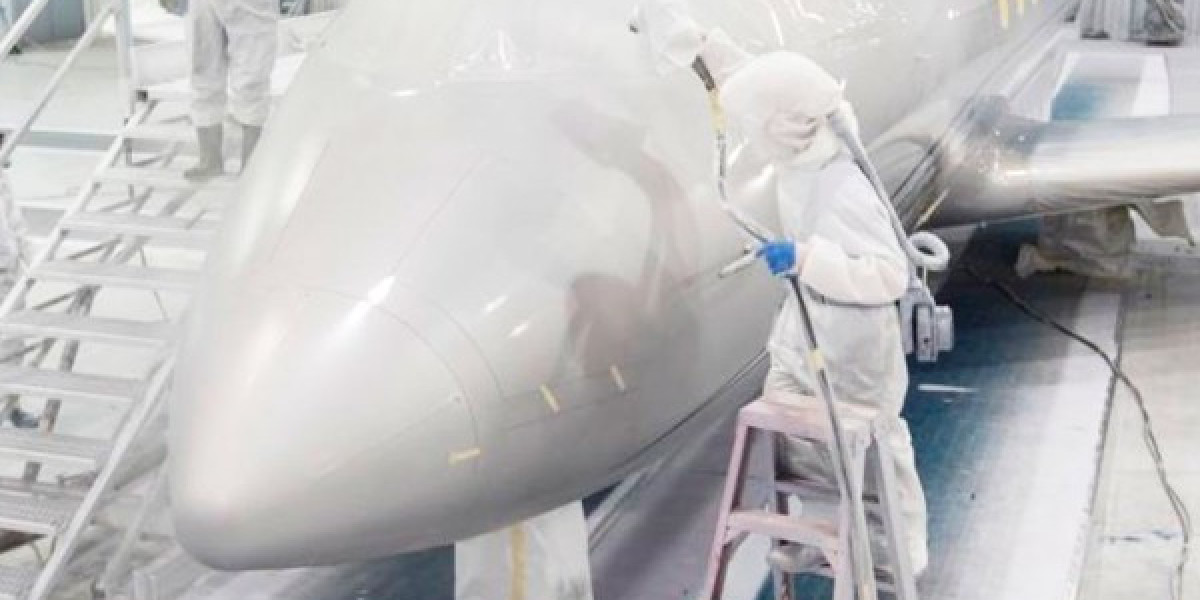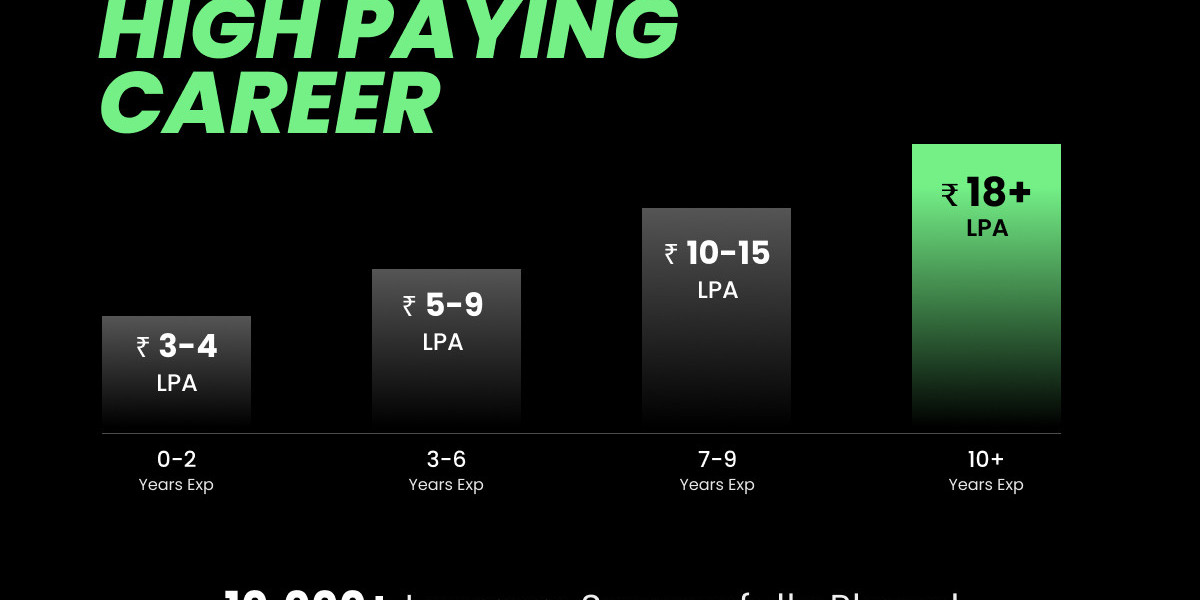Aerospace Coatings: Protecting Aircraft from Harsh Environments
Aerospace coatings play a vital role in protecting aircraft from damage caused by environmental factors like extreme temperatures, moisture, UV radiation, and corrosion. Aircraft spend thousands of hours flying at high altitudes where they are exposed to freezing cold temperatures, dry air, strong winds, and intense solar radiation. Coatings provide a durable barrier between the aircraft surfaces and these harsh conditions. They prevent corrosion and degradation of airframes and components, allowing aircraft to maintain structural integrity and remain airworthy for decades of service.
Thermal Insulation Coatings Maintain Optimal Temperature Ranges
Aerospace Coating ideal operating temperatures is critical for aircraft performance and safety. Thermal insulation coatings are applied to the exteriors of aircraft to regulate heat absorption and dissipation. On uncoated surfaces, hot temperatures gained during the day would radiate inward overnight, making aircraft interiors too warm for passengers and equipment. Insulation coatings reflect solar energy, trapping minimal heat inside the aircraft structure and allowing it to cool slowly and uniformly. They also prevent surfaces from getting too cold at high altitudes where temperatures can drop below freezing. Regulating thermal gradients is essential for preventing thermal shock and stresses on airframes.
Corrosion Resistance is Vital for Aircraft Longevity
Aircraft surfaces constantly face corrosive influences like moisture, salt spray, aircraft fluids, and deicing chemicals. Left unprotected, corrosion could compromise aircraft structures over time through cracking, pitting and structural weakening. Specialized corrosion resistant coatings form durable chemical and physical barriers that protect metal airframes from corrosion. They also simplify maintenance by preventing the need for frequent repainting or component replacement due to corrosion damage. Zinc-rich and conversion coatings are commonly applied as corrosion inhibiting primer layers, while topcoats provide additional defensive properties.
Aerodynamic Efficiency Enhanced with Smooth Coating Finishes
The streamlined profiles of aircraft are optimized for minimizing aerodynamic drag. Even small surface imperfections can disrupt airflow and increase fuel consumption. High-performance coatings enable achieving extremely smooth surfaces with minimal waves or defects. Glass flake epoxy coatings and fluoropolymer coatings cure to form seamless, glossy finishes that promote laminar flow over wings and fuselages. Some coatings are also self-cleaning, reducing buildup of contaminants. Maintaining aerodynamic efficiency lowers operating costs throughout an aircraft's service life.
UV Protection is Critical at Cruising Altitudes
Aircraft spend many hours exposed to intense ultraviolet (UV) radiation from sunlight each day. At cruising altitudes, UV levels are three times stronger than at ground level due to less atmospheric protection. Unprotected surfaces rapidly degrade from photochemical reactions caused by UV rays. Special UV-resistant aircraft coatings effectively block more than 98% of damaging UV wavelengths. They prevent premature fading, chalking, blushing and swelling of painted surfaces. UV protection also safeguards underlying composite and metal airframe materials from photodegradation that could compromise strength and integrity over decades of exposure.
Low Outgassing Prevents Toxic Fume Events
The coating materials used aboard aircraft must pass strict tests for low outgassing levels. Outgassing refers to the release of any volatile organic compounds (VOCs) contained within coating formulations when heated. In the closed, low-pressure environment of an aircraft cabin during flight, outgassed VOCs could accumulate to hazardous levels and potentially cause toxic fume events. Aircraft coatings are rigorously evaluated to ensure any VOCs will not outgas to concentrations endangering passengers or crew. Special low-outgassing coating technologies also help prevent uncomfortable cabin odors and potential health issues during flights.
Electrical Conductivity Aids Lightning Protection
Static discharge and lightning strikes present a major hazard to aircraft. Traditional glass-flake epoxy primers are electrically non-conductive, risking damage to airframes and electrical systems during static discharge events. Modern conductive aircraft primers and coatings fill this gap. Formulated with special conductive pigments like carbon fibers or metal-filled epoxies, they bleed off static electrical charges safely through aircraft skins. In the rare event of a direct lightning strike, these coatings distribute electrical currents smoothly to avoid potential punctures or burn-throughs. Proper electrical discharge characteristics help satisfy aircraft manufacturer lightning protection certifications.
Signature Management Enhances Stealth Capabilities
For certain military aircraft applications, special radar-absorbent coatings are required to reduce visibility to radar detection. Known as signature management coatings, they utilize specially engineered materials in multilayer systems optimized to suppress radar reflectivity across multiple frequency bands. Fillers like carbon fibers and ferrite materials dispersed within coatings trap electromagnetic waves and gradually dissipate their energy as heat. This steering of radar signals away from detectors enhances low-observable stealth capabilities. Ongoing research continues refining such specialized radar-absorbent coating technologies.
Regulatory Compliance Drives Continuous Innovation
Aerospace coatings undergo extensive testing and validation to satisfy demanding industry certifications for product performance, emissions, flame retardance, toxicity and other criteria set by global regulatory authorities. Evolving environmental regulations further drive innovation in developing more sustainable, lower-VOC and hazardous material-free coating formulations. Manufacturers invest heavily in R&D to introduce innovative nanotechnologies, hybrid polymer systems and customized material properties. Their goal is safely delivering cutting-edge protective solutions supporting ever-increasingly stringent compliance standards worldwide. Advancements in aerospace coatings ensure aircraft remain operationally viable and pilots, passengers travel safely for generations to come.
Get This Report in Japanese Language: 航空宇宙コーティング
Get This Report in Korean Language: 항공우주 코팅
About Author:
Vaagisha brings over three years of expertise as a content editor in the market research domain. Originally a creative writer, she discovered her passion for editing, combining her flair for writing with a meticulous eye for detail. Her ability to craft and refine compelling content makes her an invaluable asset in delivering polished and engaging write-ups.
(LinkedIn: https://www.linkedin.com/in/vaagisha-singh-8080b91)










